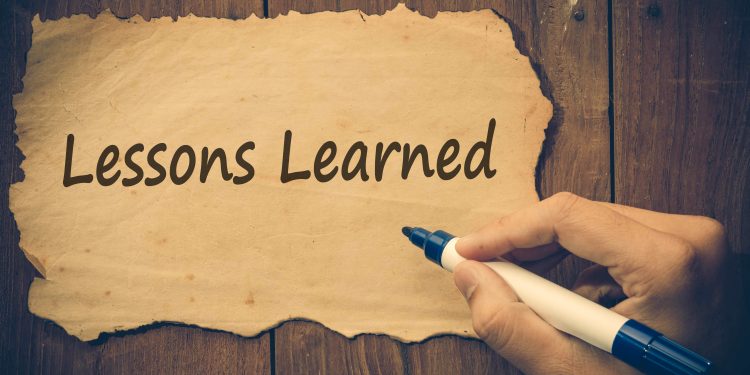IMCA provides lessons learned from an incident where a drilling assistant was injured after being caught between the compensator carriage and the rooster box.
The incident
During offshore drilling operations, a drilling assistant sustained serious crush injuries, resulting in several weeks away from work. He was injured when he leaned out of the rooster box, between the guard railings, and was caught between the compensator carriage and the rooster box.
Probable cause
- No-one stopped the job: people on the back deck did not challenge unsafe behaviour: people remained in the rooster box in between tool-handling operations.
- There was inadequate management supervision – no-one verified and monitored compliance with the applicable rules, regulations and good practice;
- Procedures were not adequately controlled, maintained, and shared;
- Hazards associated with the tasks were not adequately identified and assessed in the preparation onshore, nor execution offshore;
- There was a lack of means of communication and observation (such as audio comms and CCTV) to support the management of deck activities;
- Previous lessons learned during other geotechnical drilling operations were not adequately captured in the drilling manual, shared and/or implemented on this project.
Lessons learned:
- Ensure that the procedures and work instructions supporting the operations are controlled, up to date, relevant to the operations and shared, ensuring that the team executing the operations were adequately familiarised;
- Hazard identification tools such as HAZOPS, HAZID, Risk assessment, Task risk assessment or SLAM (“Stop, Look, Analyze, Manage”) are critical in ensuring all stakeholders are aware of all the risks and mitigations, reducing the risk to “as low as reasonably practicable”;
- Adequate communication is essential between employees and supervisors, and where required should be supplemented via electronic means;
- Safety barriers and devices (e.g. railings) should not be bypassed or defeated;
- Regularly reinforce messaging to ensure that in the event of any process change or where a hazard is identified, all of us are empowered to speak up and stop the job without fear of consequence or retaliation.































































